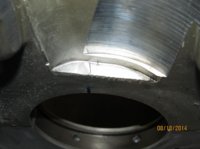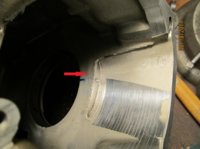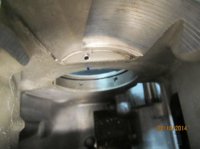Champion750
XS650 Addict
What am I going to do? The first inclination is to use an easy out but I'm sure these pins are hardened and pressed in. Not like removing a broken screw. Now here's a dumb question, is it possible to run without these? Seems like its what keeps the crank bearing from spinning in the cases. I am not looking forward to this chore. How am I going to pull this thing out without ruining the hole that it is in? It just amazes me that this sort of thing is even possible.
BTW the pin measures .180 DIA.
Anyone ever encountered this problem before?
Thanks for any help/advice in advance
BTW the pin measures .180 DIA.
Anyone ever encountered this problem before?
Thanks for any help/advice in advance


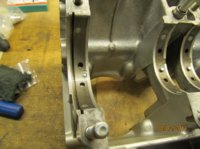
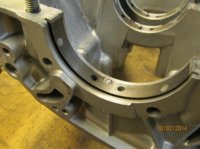

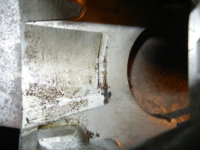
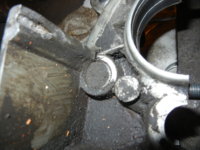
 I could do that with my mig. MUCH stronger than stuck rod.
I could do that with my mig. MUCH stronger than stuck rod.